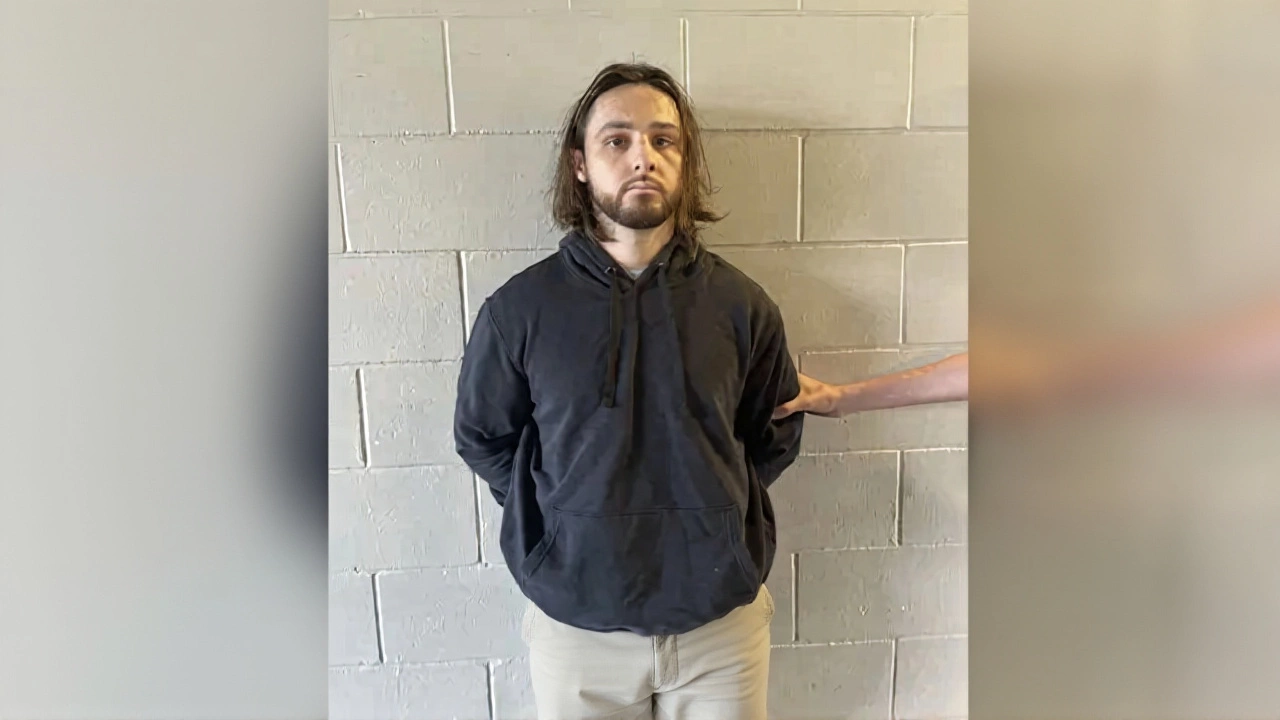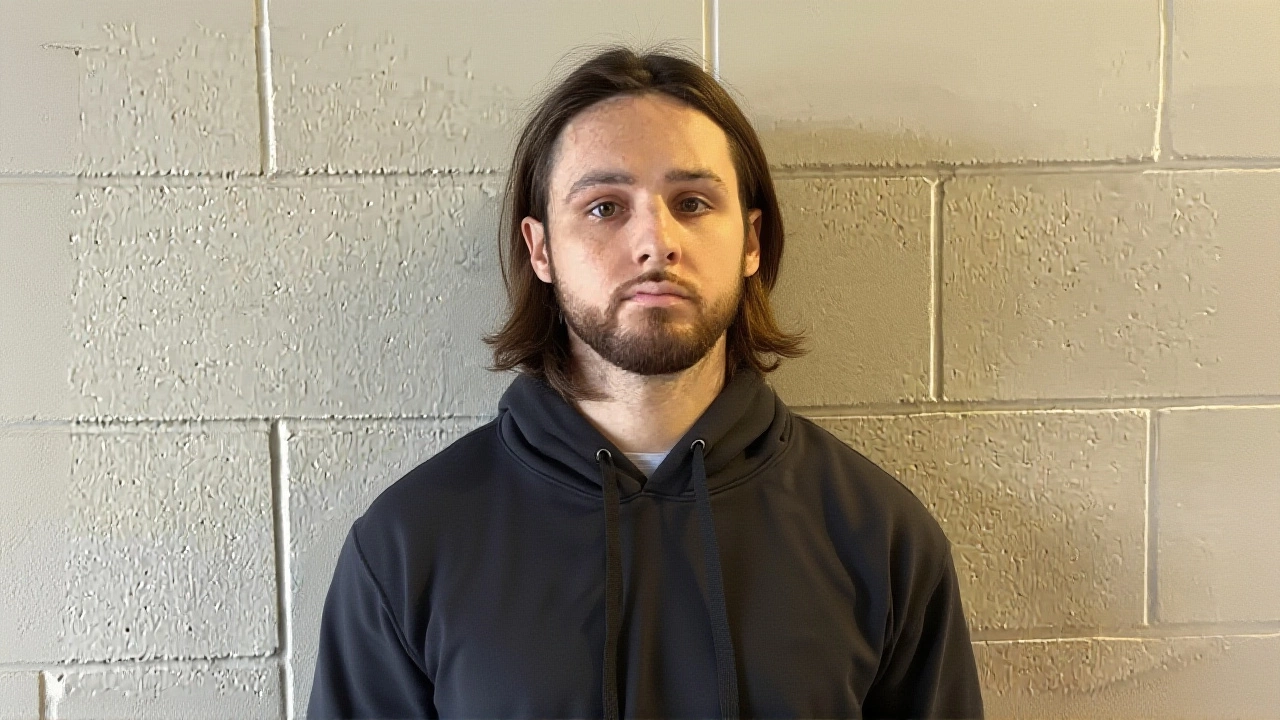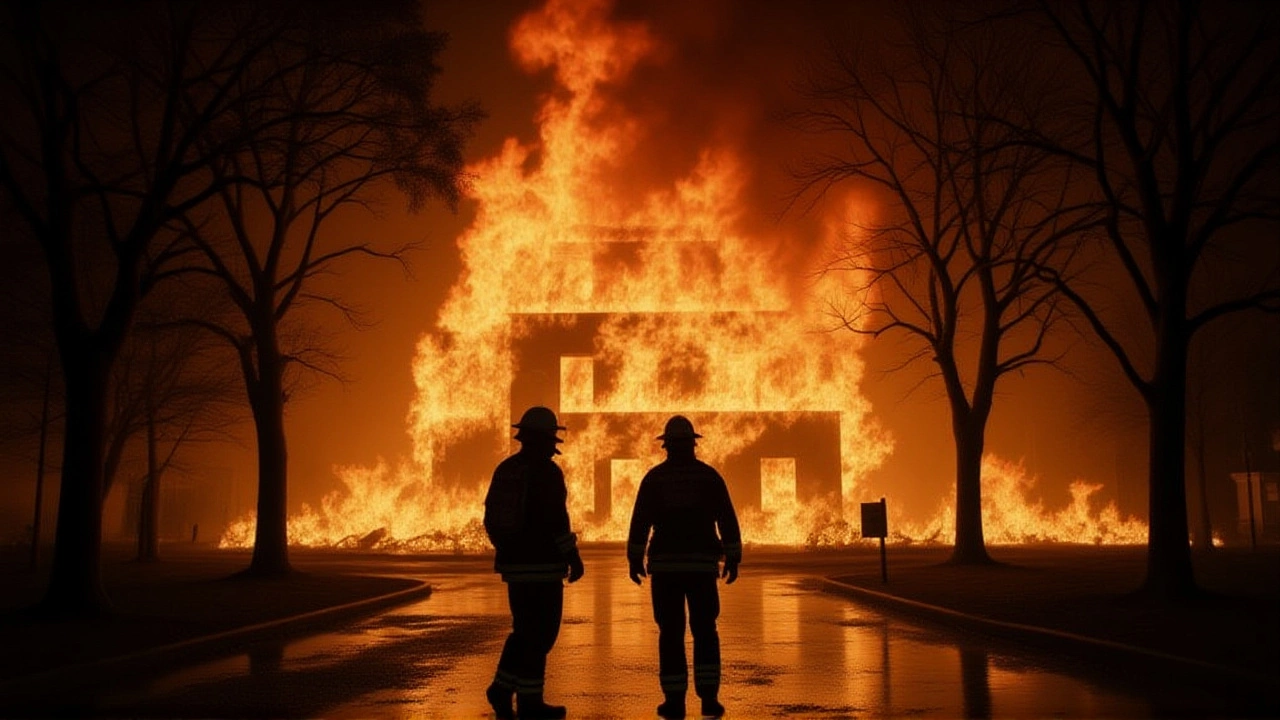When Jonathan Rinderknecht, truck driver was taken into custody on , the nation’s eyes turned to a blaze that had already scarred Los Angeles. The arrest in Orlando, Florida, marks the latest chapter in a saga that began with a single spark on New Year’s Day and grew into one of the most destructive wildfire incidents in the city’s 120‑year history.
The Palisades Fire: A Blaze That Shook Los Angeles
On , a small fire ignited near the Damascus Canyon Rittich Trail in the Pacific Palisades neighborhood. Within hours, gusty Santa Ana winds fanned the flames, converting a modest brush fire into what officials now call the Palisades Fire. According to the Los Angeles Fire Department, more than 1,200 firefighters from 12 agencies battled the inferno, ultimately scorching roughly 7,400 acres and destroying over 300 structures. The financial toll is still being tallied, but early estimates put damage north of $1.4 billion.
The fire’s speed and scale forced the city to issue mandatory evacuations for over 12,000 residents across Pacific Palisades, Brentwood, and the adjoining Santa Monica Mountains. Schools closed for a week, and air quality plummeted to hazardous levels across the western half of the county. Residents described night‑time orange glows that turned streets into rivers of fire, a sight many said they would never forget.
From Phone Pings to Court Papers: How Authorities Built Their Case
Investigators from the Los Angeles Police Department and the fire bureau painstakingly cataloged 200 distinct pieces of evidence over a 279‑day investigation. Digital forensics proved decisive: a geolocation record from the suspect’s smartphone placed him within five meters of the ignition point at 2:03 p.m. PST on January 1.
“The phone data was the linchpin,” said Detective Laura Kim, who led the arson unit. “When you overlay the GPS timestamps with the fire’s reported start time, there’s no reasonable doubt the device was there.” In addition to the phone logs, surveillance footage from a nearby trail camera captured a figure setting a small blaze beside a bicycle, matching the description given by a surviving hiker.
Authorities also recovered a 30‑second video taken by the suspect after the fire trucks arrived. In the footage, he can be heard muttering, "They’re finally here," before the camera pans back to flames licking the hillside. The video, combined with the 911 call log—where the suspect reportedly dialed emergency services but never left the scene—strengthened the prosecution’s theory of deliberate arson.
State fire‑marshal statistics reveal that digital evidence now underpins roughly 17 % of major wildfire origin determinations in California, a figure that has more than doubled since 2020.

Florida Arrest: Jonathan Rinderknecht Taken Into Custody
Law enforcement officers from the Orange County Sheriff’s Office executed the arrest at a private residence where the suspect had been staying for the past several months. “HE WAS ARRESTED AT THE HOME IN ORLANDO FLORIDA TODAY, WHERE HE BEEN STAYING RECENTLY,” the arrest report quoted a deputy.
According to Hunter Sowards, a reporter for KCAL News, the move came after a joint task force reviewed the forensic findings and concluded that extradition was warranted.
Rinderknecht remains in the Orange County Jail pending a formal extradition hearing, which Florida law requires to occur within 72 hours of arrest. If granted, he will be transferred to Los Angeles County Superior Court to face trial.
Arson Charges and the Road to Los Angeles County Court
Prosecutors have filed a count of arson, a felony punishable by up to 20 years in state prison, along with additional charges for reckless endangerment and obstruction of a fire‑suppression effort. The indictment, filed in the Los Angeles County Superior Court, lists the Palisades Fire as a "deliberately ignited blaze that caused extensive loss of life, property, and natural resources."
Defense attorneys have not yet released a public statement, but a spokesperson indicated that the team plans to challenge the admissibility of the geolocation data, arguing that the phone could have been carried by an associate.
Regardless of the legal wrangling, the case has already spurred a review of inter‑state cooperation protocols for arson investigations, a process that historically suffered from jurisdictional bottlenecks.

What This Case Means for Future Wildfire Investigations
The Rinderknecht arrest underscores a growing reliance on technology to solve fires that once seemed impossible to trace. With climate change intensifying fire seasons, authorities are investing in more trail‑cameras, satellite monitoring, and real‑time data analytics.
Experts say the Palisades incident will likely prompt legislators to allocate additional funds for digital forensics training within fire‑investigation units. "We need to stay a step ahead of those who would deliberately set fires," warned Dr. Maya Patel, a fire‑behavior specialist at the University of California, Los Angeles.
Meanwhile, community groups in Pacific Palisades have organized fire‑safety workshops, encouraging residents to report any suspicious activity and to maintain defensible space around their homes.
- Arrest date: October 9, 2025
- Suspect: Jonathan Rinderknecht, 29, truck driver
- Fire origin: Damascus Canyon Rittich Trail, Jan 1, 2025
- Damage: ~7,400 acres, 300+ structures, $1.4 B loss
- Evidence: 200 pieces, including phone GPS and video
Frequently Asked Questions
How does this affect residents of Los Angeles?
The case brings renewed attention to fire‑prevention measures in urban‑wildland interfaces. Local officials have pledged increased funding for community‑involved safety programs, and many homeowners are now reviewing defensible‑space guidelines to reduce future risk.
What charges does Rinderknecht face?
He is charged with felony arson, reckless endangerment, and obstruction of fire‑suppression efforts. Each count carries a potential prison term of up to 20 years, plus restitution for the massive property damage.
How was digital evidence used to link him to the fire?
Investigators extracted GPS timestamps from the suspect’s smartphone, which placed him at the exact ignition point during the critical window. Combined with a video he recorded after emergency crews arrived, the digital trail provided a compelling narrative of intent.
When will the extradition to California occur?
Florida law mandates a hearing within 72 hours of arrest. If the judge approves the request, the suspect could be transferred to Los Angeles County Superior Court within a week, though exact timing depends on logistical arrangements between the two states.
What steps are being taken to prevent similar arson incidents?
State agencies are expanding trail‑camera networks, boosting training for digital forensics units, and launching public‑awareness campaigns about the legal consequences of wildfire arson. Legislators are also considering stricter penalties for anyone caught igniting fires in high‑risk zones.
